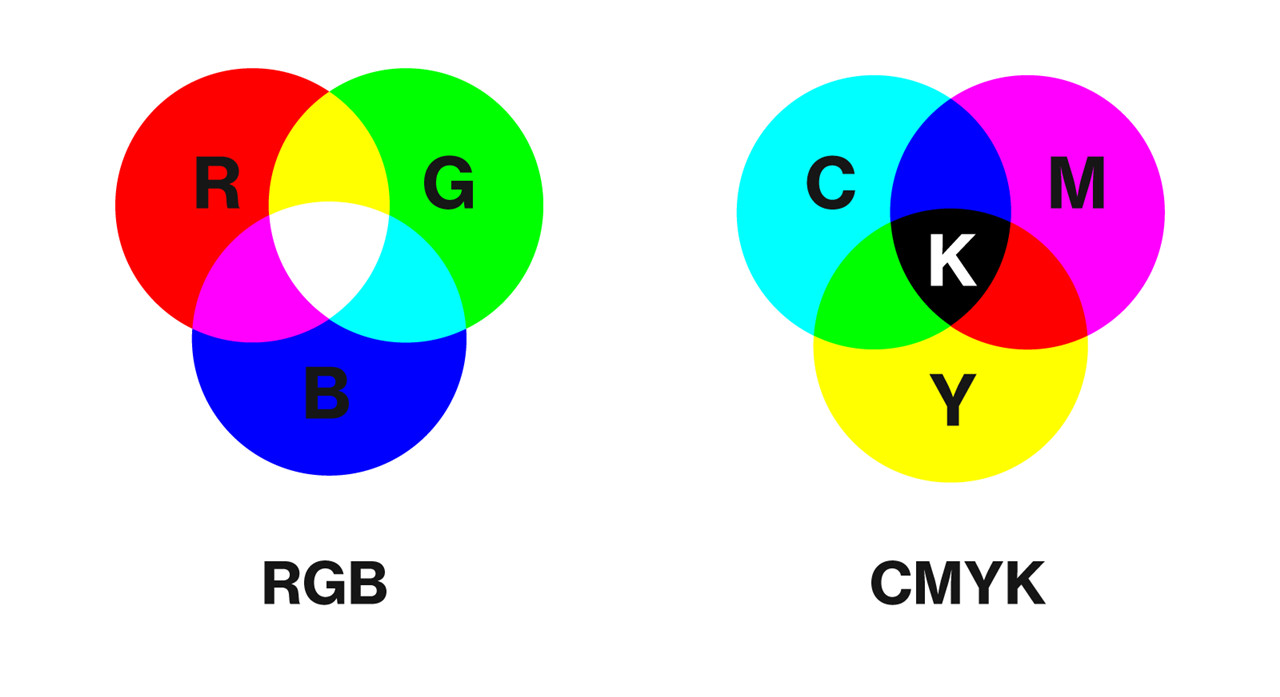Customer’s message
I started my own business last year, and I don’t know how to design packaging for my products. Thanks your for helping me design my packaging box, though my first order was 500 pcs, you still patiently help me. —— Jacob .S. Baron
What does CMYK stand for?
CMYK stands for Cyan, Magenta, Yellow, and Key (Black).
The letter ‘K’ is used for Black because ‘B’ already denotes Blue in the RGB color system.
RGB stands for Red, Green, and Blue and is a commonly used digital color space for screens.
The CMYK color space is used for all print-related mediums.
This includes brochures, documents and of course packaging.
Why does ‘K’ stand for Black?
It was Johann Gutenberg who invented the printing press around the year 1440, but it was Jacob Christoph Le Blon, who invented the three-color printing press.
He initially used an RYB (Red, Yellow, Blue) color code – red and yellow gave orange; mixing yellow and blue resulted in purple/violet, and blue + red provided the green.
In order to create black, all three primary colors (red, yellow, blue) still needed to be combined.
Realizing this apparent inefficiency, he added black as a color to his press and came up with the four-color printing system.
He called it RYBK and was the first to use the term ‘Key’ for black.
The CMYK color model continued this by using the same term for black, thus carrying on the history of ‘K’.
The Purpose of CMYK
The purpose of the CMYK color model derives from the inefficient use of the RGB color model in printing.
In the RGB color model, inks of three colors (red, green, blue) would need to be mixed to get white, which is usually the most dominant color for a document containing text, for example.
Paper is already a variation of white, and so, using the RGB system has deemed itself ineffective for the sheer amount of ink used to print on white surfaces.
That’s why the CMY (Cyan, Magenta, Yellow) color system became the solution for printing!
Cyan and magenta yield blue, magenta and yellow yield red while yellow and cyan yields green.
As briefly touched on, all 3 colors would need to be combined to yield black, which is why we use ‘key’.
This reduces the amount of ink needed to print a wide range of designs and colors.
CMYK is considered to be a subtractive color system as colors need to be removed to create variations of shades eventually resulting in white.

CMYK Applications in Packaging
RGB is now exclusively used on digital screens to reflect real life images.
This is now typically not used for printing on packaging and it is recommended to switch your design files to the CMYK color system when designing packaging on softwares such as Adobe illustrator.
This will ensure more accurate results from the screen to the final product.
The RGB color system may display colors that can’t be matched effectively by printers resulting in inconsistent printing when producing branded packaging.
The CMYK color system has become a popular choice for packaging as it consumes less ink overall and provides more accurate color output.
Custom packaging is efficient with offset printing, flexo printing, and digital printing using the CMYK color system and creates consistent brand colors for exceptional branding opportunities.
Still not sure if CMYK is right for your packaging project?
Get in contact with us today and find the perfect color matching system for your custom packaging project!
Post time: Aug-02-2022